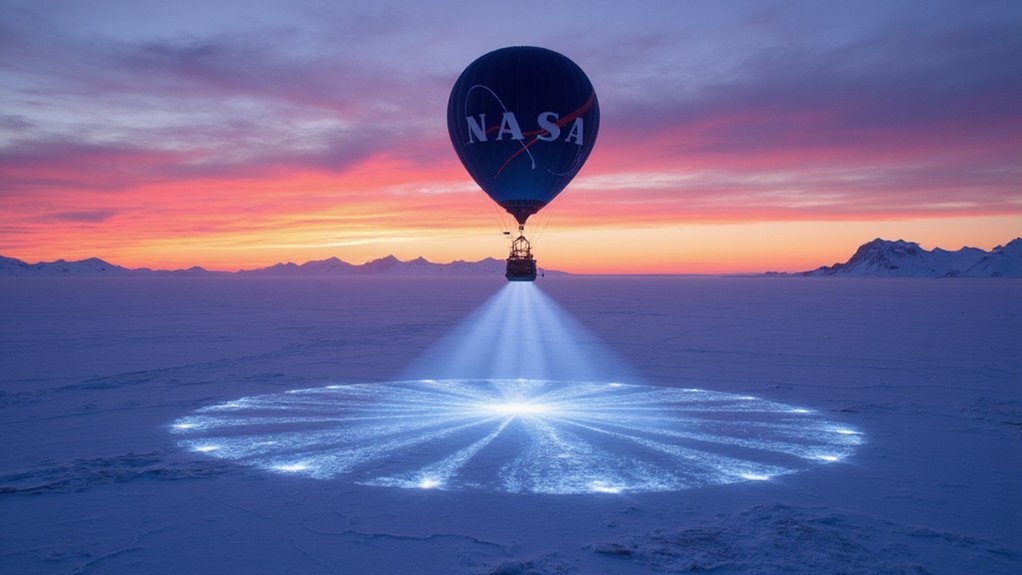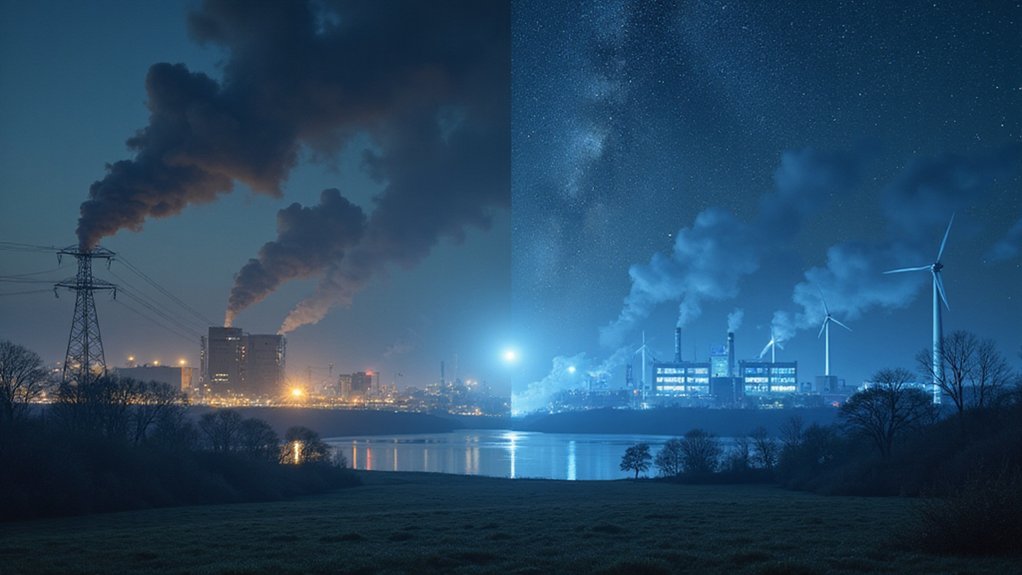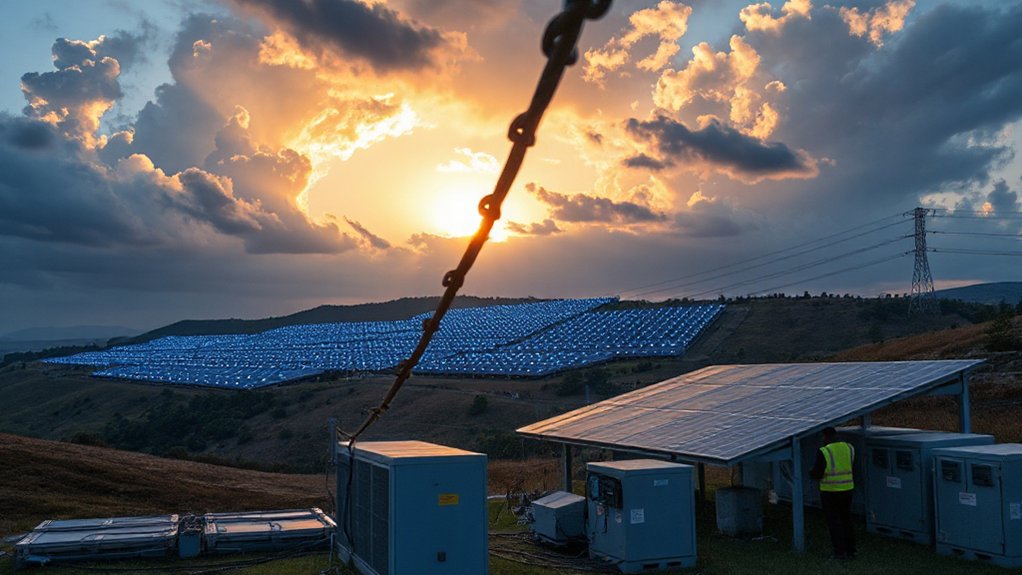What happens when NASA scientists detect impossible radio signals coming from beneath Antarctic ice? They scratch their heads. They run the data again. Then they realize physics might need a rewrite.
The ANITA experiment – that’s Antarctic Impulsive Transient Antenna for those keeping score – detected something that shouldn’t exist. This NASA balloon floats above Antarctica, hunting for radio pulses from cosmic particles. Standard stuff, really. Neutrinos hit ice, create air showers, produce radio waves. Scientists detect them. Everyone goes home happy.
Except these signals came from below. Way below. Through thousands of kilometers of solid rock.
Here’s the thing about physics: particles can’t just barrel through Earth like it’s made of tissue paper. The signals arrived at steep angles that would require them to pass through more rock than any known particle could handle. Even neutrinos, those ghostly particles that barely interact with matter, can’t pull off this trick. These elusive particles have no electrical charge and normally come from high-energy cosmic sources above us, not below.
Particles can’t barrel through Earth like tissue paper. Not even ghostly neutrinos pull off this trick.
Scientists hate mysteries like this. So they checked everything. Instrument error? Nope. Radio interference? Negative. Some weird Antarctic ice effect nobody thought of? Not that either. They cross-referenced with IceCube and Pierre Auger observatories. Nothing matched. These signals stood alone, defying every model in the textbook.
The tau neutrino theory flopped. These signals were too strong, wrong signature, wrong everything. After filtering out every conceivable source of noise and known cosmic phenomena, the anomaly remained. Stubborn. Unexplained. Mocking decades of particle physics research.
Now scientists are grasping at theoretical straws. Dark matter interaction? Maybe. Brand new particles science hasn’t discovered? Possibly. Some underground Antarctic radio station broadcasting impossibilities? Okay, probably not that one.
The implications make physicists nervous. If confirmed, these signals suggest either our understanding of particle physics needs major revision or something entirely new lurks beneath Antarctic ice. Neither option sits well with the scientific community.
More data collection continues. More theories emerge and collapse. The new PUEO experiment promises enhanced sensitivity and better signal isolation capabilities to crack this cosmic mystery. Meanwhile, those impossible radio signals keep arriving from below, whispering secrets that current physics can’t decode. The ice isn’t talking, and the Standard Model has no answers.
References
- https://thedebrief.org/antarctica-scientists-dont-actually-have-an-explanation-for-strange-radio-pulses-coming-from-below-the-ice/
- https://colitco.com/antarctic-radio-signals-anita-detection-analysis/
- https://studyfinds.org/radio-signals-beneath-antarctica-theories-debunked/
- https://www.psu.edu/news/research/story/strange-radio-pulses-detected-coming-ice-antarctica









